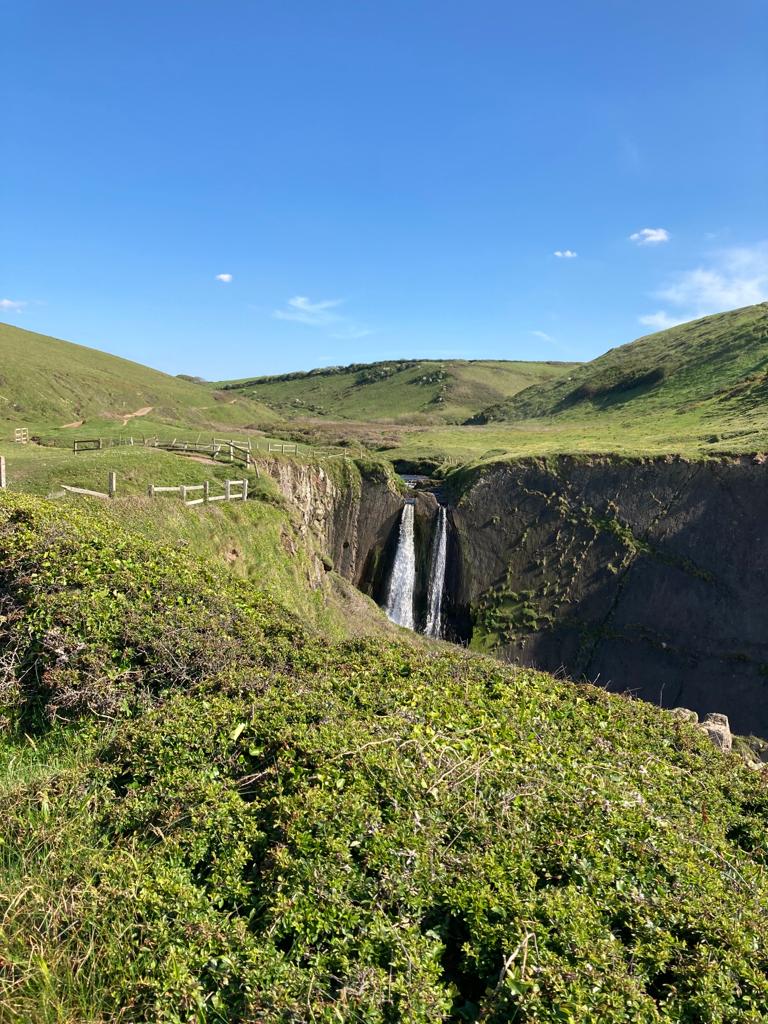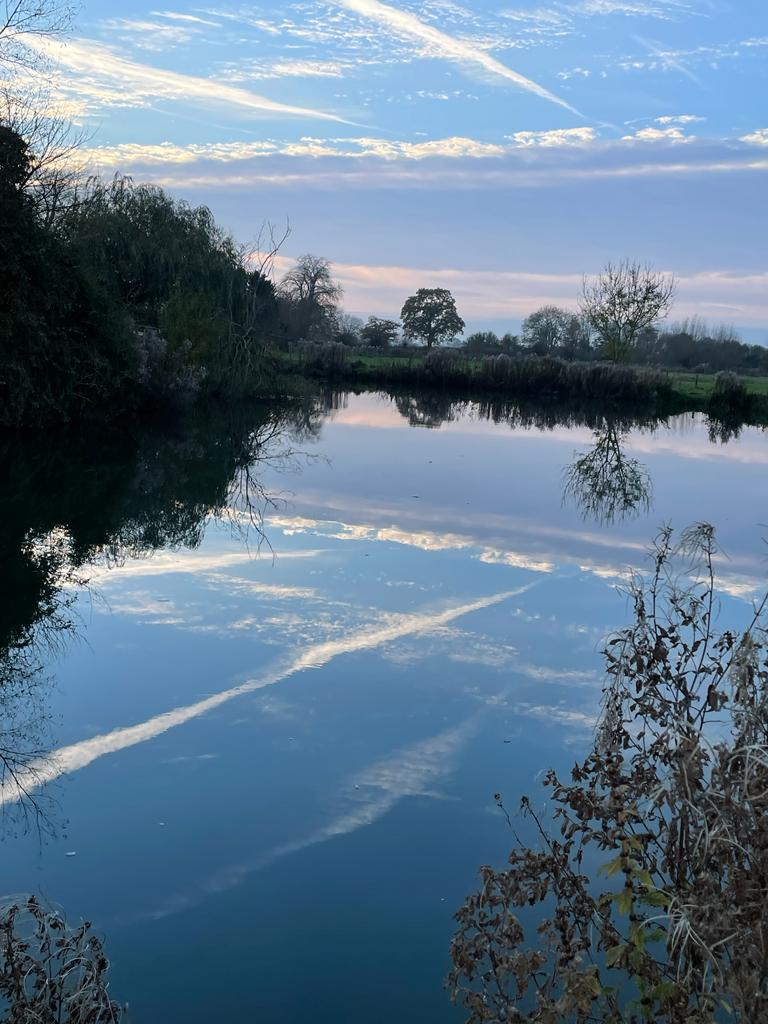About Know Your River
Rivers are not only an important resource for agriculture and other economic activities, but they are also important for a range of recreational activities. These include walking, cycling, fishing (or angling), boating and wild swimming. We would like to find out from you if and how you use rivers and streams in your leisure time though our survey. We would also like to find out how clean you think the rivers that you use are- are they being contaminated by waste water and agricultural run-off? We would also like for you to send samples of river water to us so we can analyse it for pharmaceuticals such as antibiotics and for the presence of bacteria indicative of faecal contamination, such as coliforms including Escherichia coli, and for antibiotic resistant bacteria.
How England's rivers and streams are used for recreation
On foot
Walking, or running, along rivers is an activity enjoyed up and down the country, whether that be alongside a babbling mountain brook or next to a wide and meandering river as it nears the sea, whether in the countryside or an urban environment. An extensive network of public footpaths enables access to many of England's rivers, providing opportunities for not only exercise but also enjoyment of the natural environment.
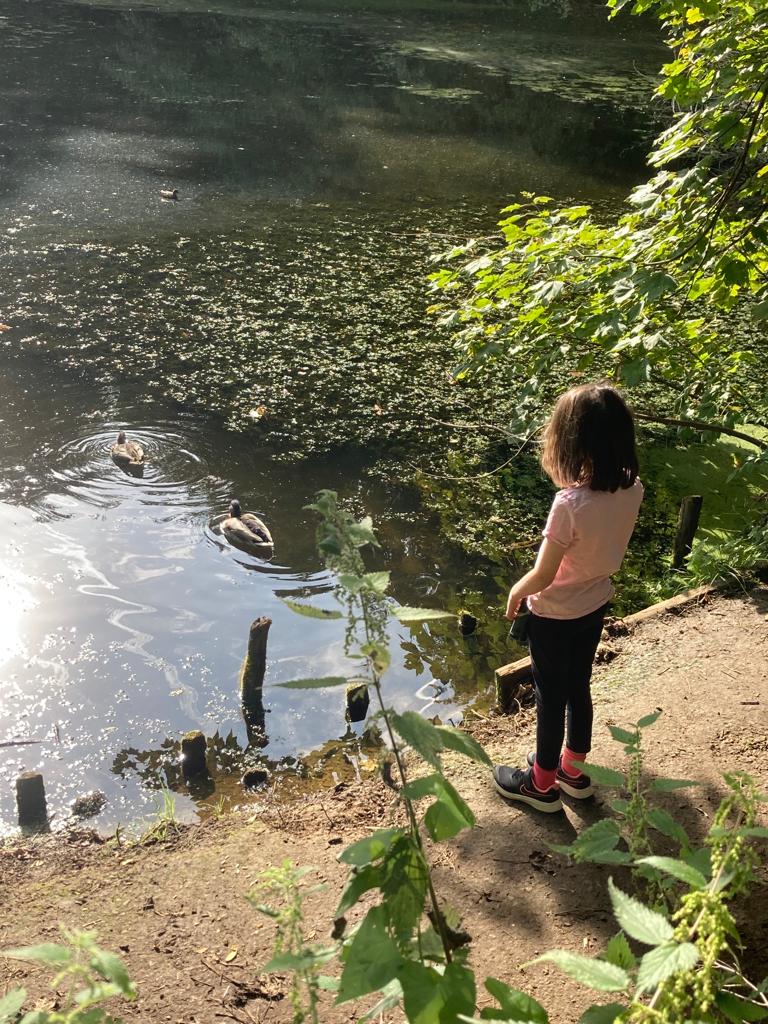
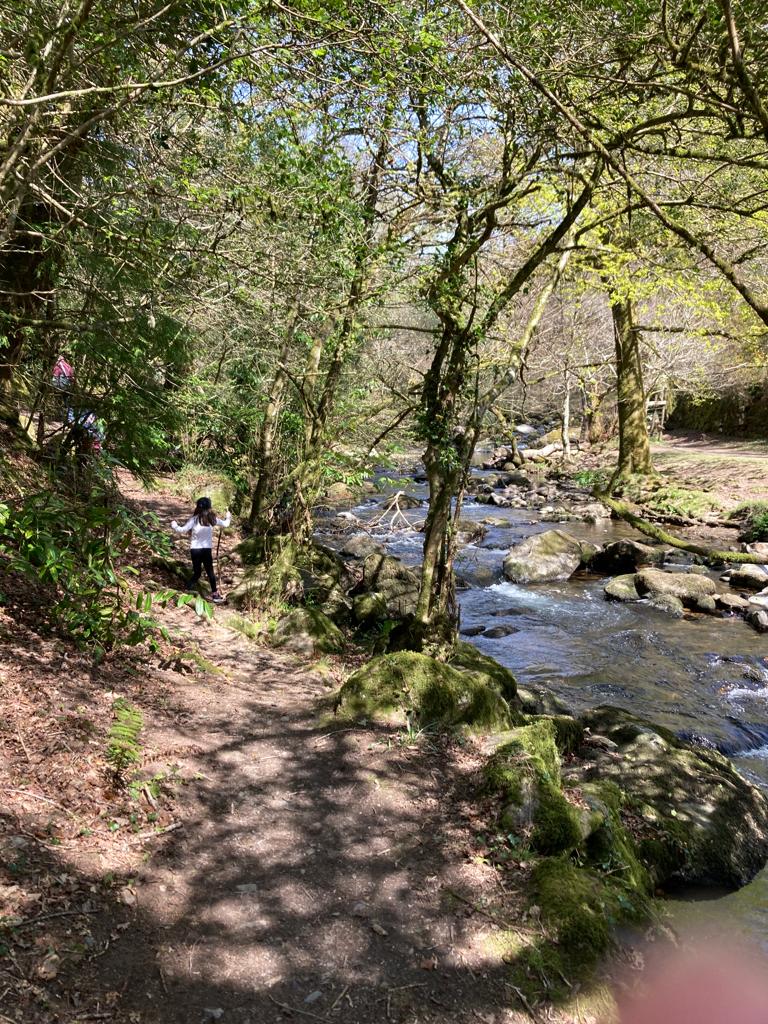
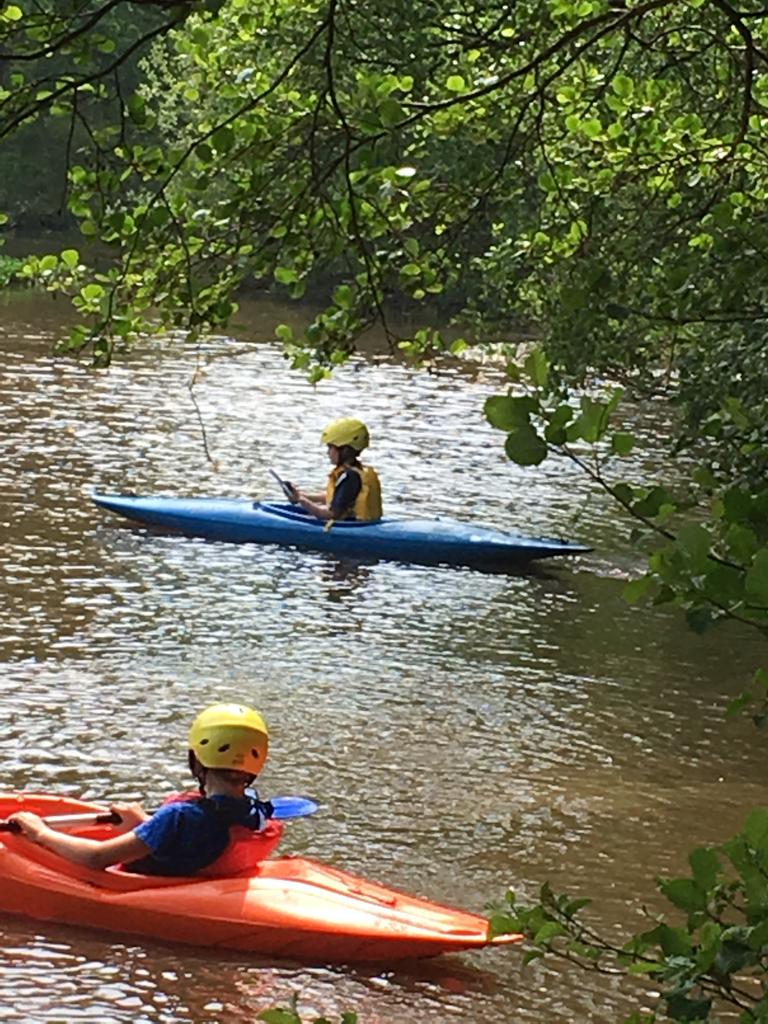
Boating
Rivers are also used for boating, whether that be for holidaying on a narrow boat, paddling a canoe, kayak or row boat, competing in a rowing event, sailing or paddle boarding.
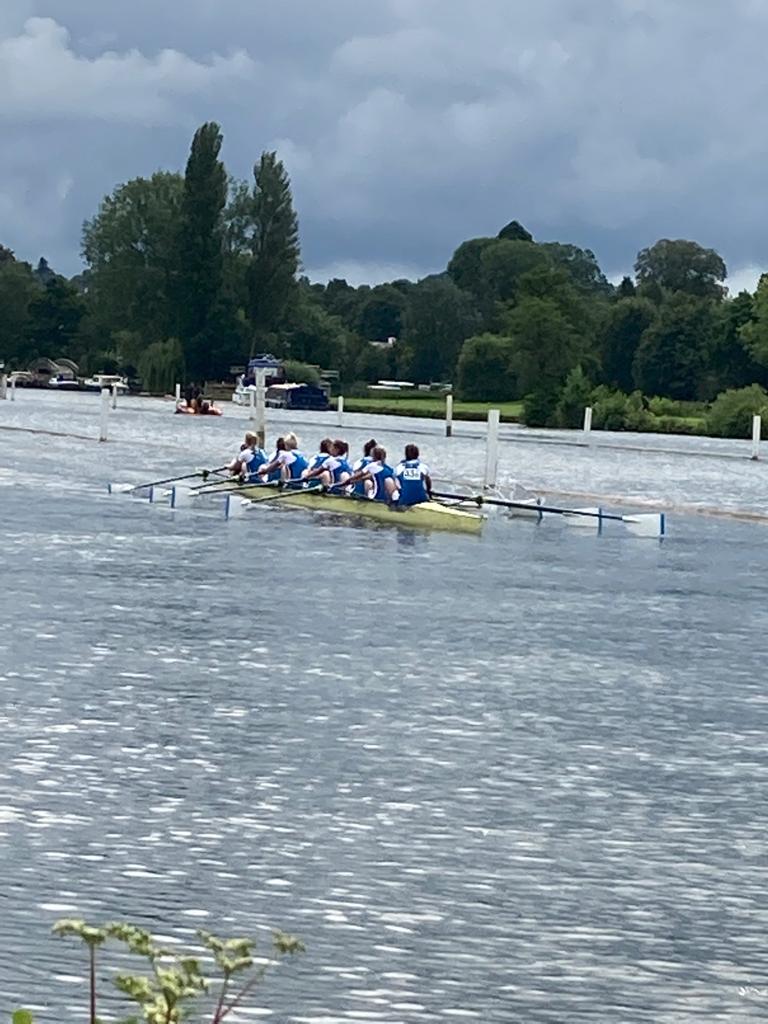
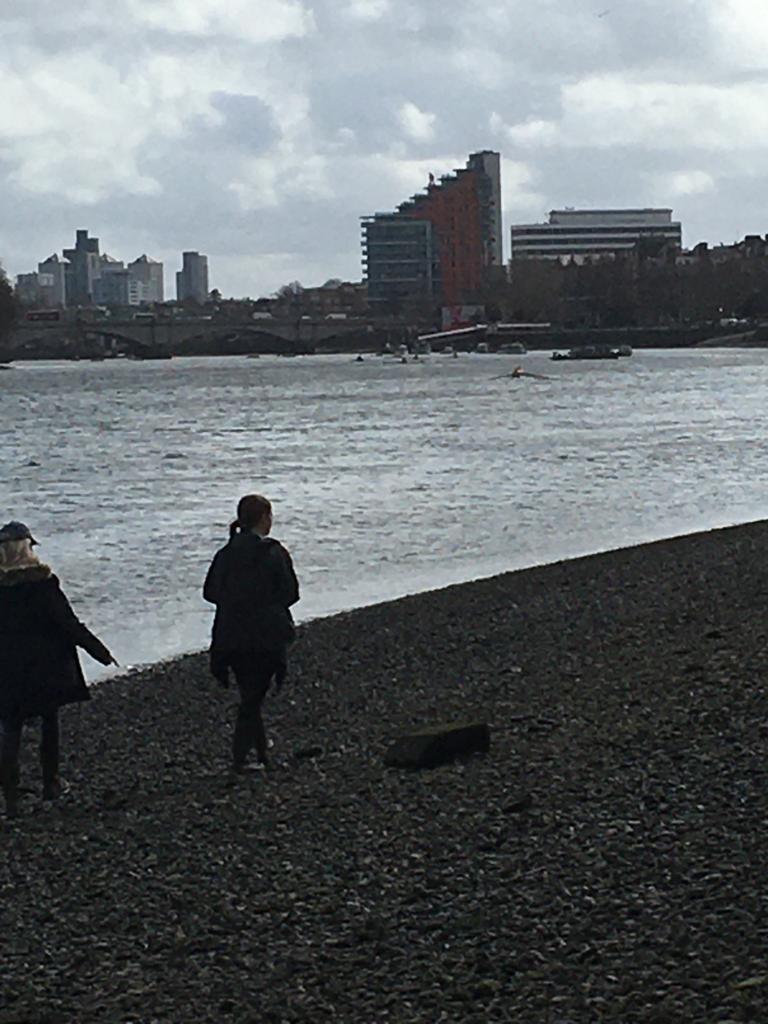
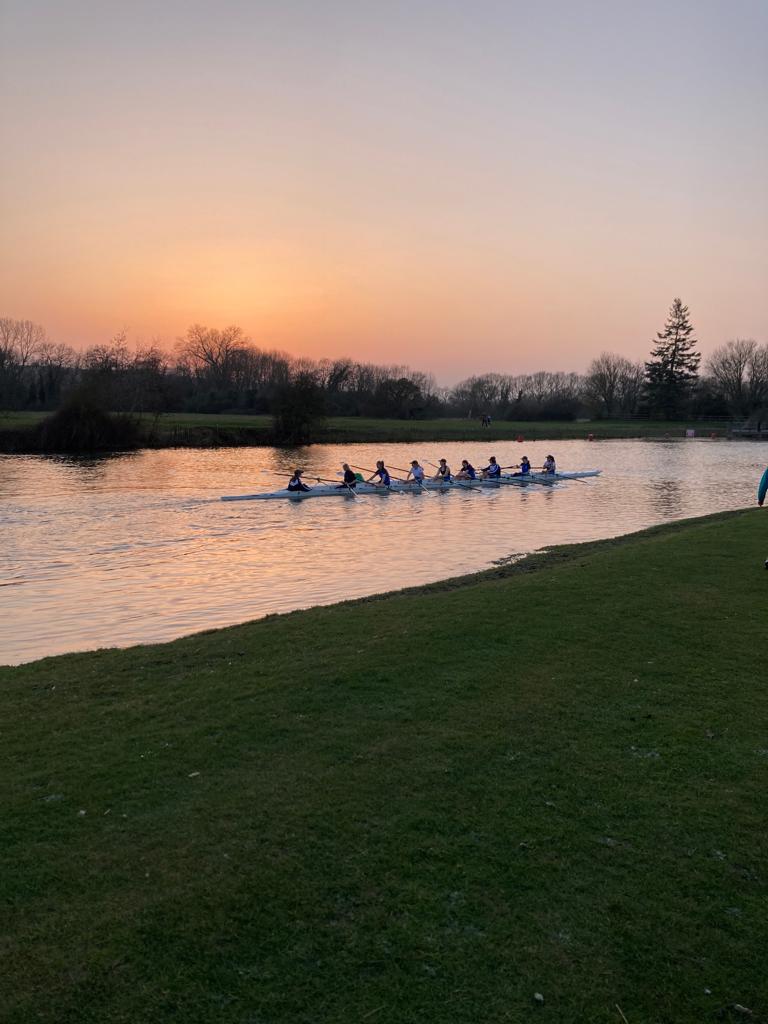
Other activities
There are numerous other leisure activities that England's rivers and streams are used for such as angling and wild swimming. Cyclists enjoy the cycle paths and horse riders the bridle paths near England's waterways
Water Quality Concerns
As well as providing important ecosystems for wildlife and opportunities for recreational activities, rivers and streams also serve as outlets for wastewater treatment plants (WWTPs) and can be subjected to agricultural run-off from farms, including fertiliser, manure or slurry and pesticides. Wastewater treatment plants have regulations for the quality of the water that is discharged after processing. https://www.gov.uk/government/publications/waste-water-treatment-works-treatment-monitoring-and-compliance-limits/waste-water-treatment-works-treatment-monitoring-and-compliance-limitsLink opens in a new window
These regulations are designed to protect the river environment and benefit aquatic life. However, during periods of high rainfall, the volume of the water in the sewers can threaten to exceed the capacity of the sewage treatment plant, with a combination of rainwater, sewage and run-off being directed instead into combined sewage outflow (CSO) pipes which discharge straight into the river system, or the sea, resulting in increased levels of pollution. This is intended to be a rare event, however water companies across the country are regularly fined for excessive discharges. https://www.bbc.co.uk/news/uk-56721660 . The Rivers Trust website has a map showing where these discharges occurred in 2021. https://experience.arcgis.com/experience/e834e261b53740eba2fe6736e37bbc7b/page/Map/?org=theriverstrust
One of the main areas of concern over discharges into rivers is the introduction, persistence and possible selection of antibiotic resistant bacteria. Organisms with antimicrobial resistance (AMR) have evolved over time to no longer respond to drugs such as antibiotics. These AMR organisms can make disease harder to treat and increase the spread of disease-causing organisms. Antibiotic resistant bacteria can enter the river environment from humans through sewage and from animals through agricultural run-off.
Research at the University of Warwick
At the University of Warwick, research has been progressing for several years on the impact of WWTP effluent discharge on the bacterial community of river water and sediment, with a particular focus on antibiotic resistant bacteria. It has been shown that there are higher numbers of antibiotic resistant bacteria downstream of a WWTP than upstream. Antibiotic resistant bacteria of clinical concern are amongst those bacteria found in river water.
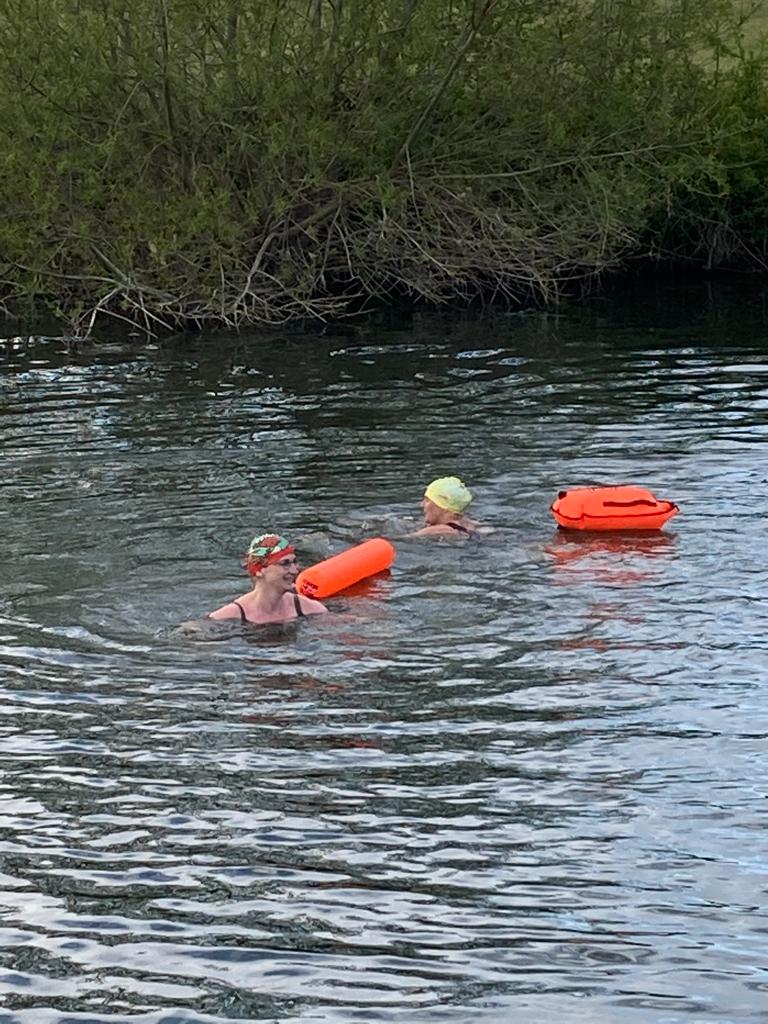
First rivers designated as bathing sites
Whereas there are now, after considerable campaigning, regulations on discharges into the seas surrounding the UK, in large part to protect the leisure activities using the sea around the coast, it is only in the last couple of years that the first rivers have been designated as bathing sites, with the first designated as such in December 2020, located in Yorkshire on the River Wharfe, Ilkley in Yorkshire. This site is part of the Humber river basin. Initially, the water quality is classed as ‘poor’. In April 2022 the second river water bathing site was designated in the Thames catchment, in Wolvercote Mill Stream in Oxford, with the water quality expected to vary between poor and excellent. Citizen science formed a key part of the process of gaining necessary information for both river water bathing sites as citizen scientists and project representatives collected water samples from along the catchment to send for analysis. They will continue to do so in Oxford on a monthly basis.
Know Your River Project Aims
The Know Your River project aims to survey how people use the rivers and streams of England for leisure activities, to help build a body of evidence about river usage to help inform policy. It also aims to analyse samples from rivers and streams across England. These samples will be taken by our citizen scientists and sent to the University of Warwick for our experienced team of scientists to analyse for antibiotics, pesticides, and antibiotic resistant bacteria. We will then report back to you, our citizen scientists, our findings from across the country and will also share our data with policy makers in an endeavour to change policy towards a future with more rivers that are clean and suitable for recreational purposes, as well as a valuable resource for wildlife.
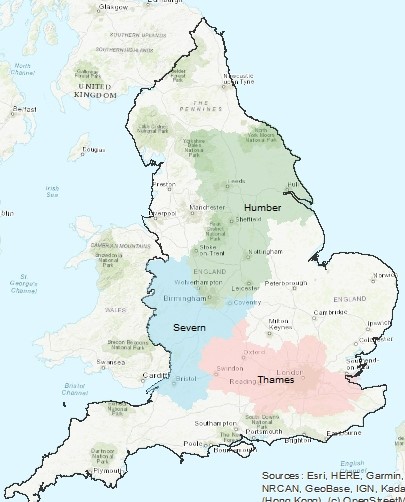

Further reading
Borsetto, Chiara, Raguideau, Sébastien, Travis, Emma Rachel, Kim, Dae-Wi, Lee, Do-Hoon, Bottrill, Andrew R., Stark, Richard Jan, Song, Lijiang, Cha, Chang-Jun, Pearson, Jonathan M., Quince, Christopher, Singer, Andrew C., Wellington, Elizabeth M. H., 2021. Impact of sulfamethoxazole on a riverine microbiome. Water Research, 201
J. Delaney, S. Raguideau, J. Holden, L. Zhang, H.J. Tipper, G.L. Hill, U. Klumper, T. Zhang, R.S. James, E.R. Travis, M. J. Bowes, P.M. Hawkey, H. Söderström Lindström, C. Tang, W.H. Gaze, A. Mead, C. Quince, A.C. Singer, E.M.H. Wellington Impact of trimethoprim on the river microbiome and antimicrobial resistance Biorxiv, 133348
